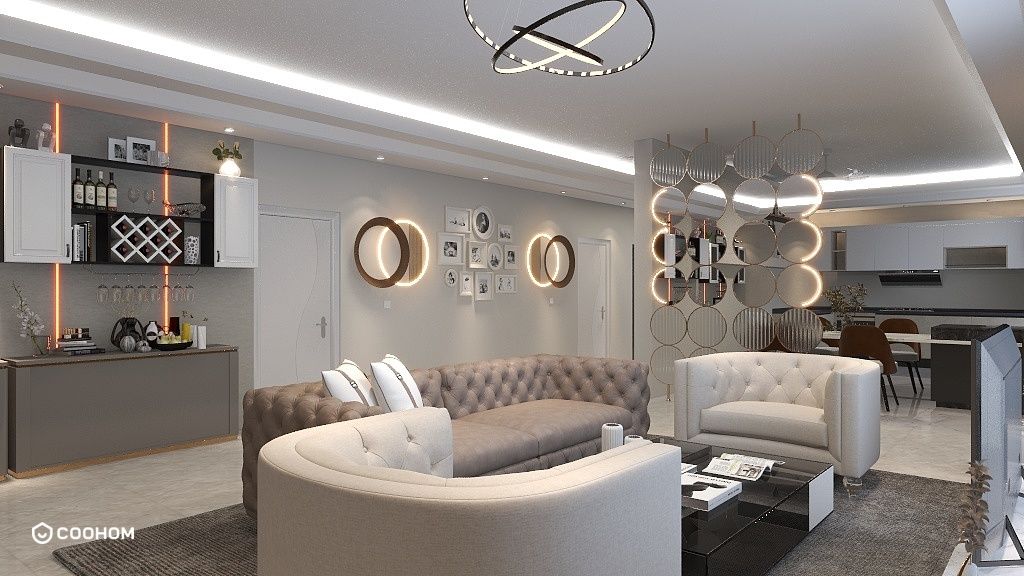Understanding Render Passes in Maya for Interior Design: Maximize your interior render quality with effective render passes

Render passes are an essential component of creating stunning interior visualizations in Maya. They allow designers to isolate different elements of a scene, making it easier to adjust, edit, and enhance the final output. By using render passes, you can achieve a higher level of detail and control over the final image. If you’re working on an interior design project, mastering render passes can significantly improve your workflow and results.
What are Render Passes?
Render passes are layers of information that capture specific aspects of your scene during the rendering process. Each pass focuses on a particular element, such as shadows, reflections, or lighting, allowing you to manipulate these elements independently in post-production software like Photoshop or After Effects.
Common Render Passes for Interior Scenes
Here are some of the most common render passes you might use when rendering interior scenes in Maya:
- Beauty Pass: This is the main render that combines all visual elements into a single image.
- Shadow Pass: Captures only the shadows in your scene, which can be adjusted separately.
- Reflection Pass: Isolates the reflective surfaces, allowing for fine-tuning of reflections post-render.
- Specular Pass: Focuses on the highlights and shininess of surfaces.
- Ambient Occlusion Pass: Adds depth by simulating soft shadows in crevices and corners.
- Light Passes: Isolate different light sources, enabling you to adjust their intensity and color individually.
How to Set Up Render Passes in Maya
To set up render passes in Maya, follow these steps:
- Open your scene and go to the Render Settings.
- Under the Features tab, find the Render Passes section.
- Add new passes by clicking the +Add button and selecting the type of pass you need.
- Configure each pass according to your requirements, adjusting settings as necessary.
Tips for Using Render Passes Effectively
Here are some tips to help you get the most out of your render passes:
- Plan your passes before rendering to streamline the process.
- Use a compositing software to combine and adjust your passes for the best results.
- Experiment with different combinations of passes to find the right balance for your scene.
- Always keep the original beauty pass as a reference when working with isolated passes.
FAQ
Q: What is the benefit of using render passes?A: Render passes provide fine control over different elements of a scene, allowing for easier adjustments and enhancements in post-production.
Q: Can I use render passes in any rendering engine?A: Most modern rendering engines, including Arnold and V-Ray, support render passes.
Q: How do I combine render passes in post-production?A: You can use compositing software like Adobe After Effects or Nuke to layer and blend your render passes for the final output.
welcome to Use No.1 Home Design Software
Please check with customer service before testing new feature.







